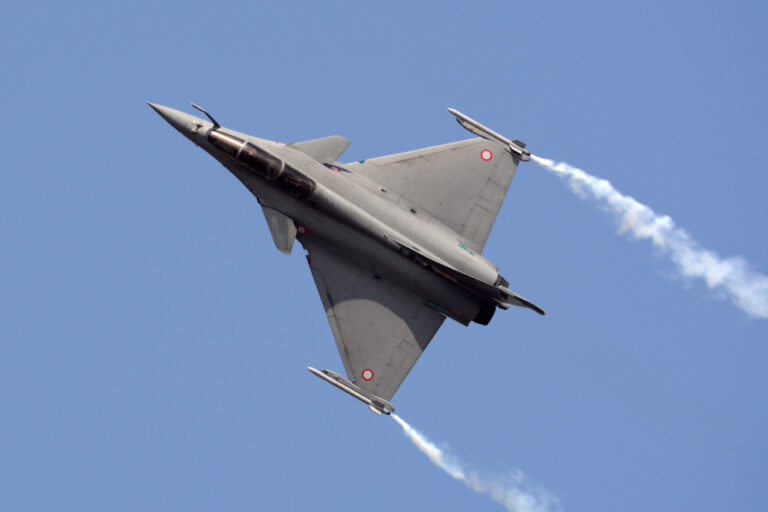
The current standoff on the LAC in Ladakh is now in its six month with no sign of ending in a hurry despite the six Corp Commander level talks to get the PLA to withdraw to its positions in the rear as in April 2020. From all accounts, the PLA is, instead, digging in to stay in force in its present positions making it clear that it is here for the long haul, as predicted from the beginning by many considering the numbers and the investment made by the PLA in this unnecessary misadventure. The Dragon may well go into hibernation for the winter, hoping that it will tire the Indian armed forces and the nation into submission and acceptance of the new status quo on the borders. However, Xi seems to have incorrectly assessed the Indian resolve as a nation as well as the resolve of the Indian armed forces to fight and avenge the humiliation of 1962. Fortunately, the Indian political will and resolve has also been evident to the world at large and is convincing many similarly placed nations to follow India’s example and stand firm in the face of Chinese attempts at coercion and bullying to get its way. In the international arena, this is also leading to formation and firming up of new alliances to thwart Chinese expansionism, as evident form US Secretary of State Mike Pompeo’s recent statements and his impending visit to India for the 2+2 talks on October 27 and subsequently to other littoral nations in the Indian Ocean. It may be clear to Xi that he may have bitten off more than he could chew despite the COVID pandemic, planned or otherwise.
While land battles would become more and more difficult with the onset of winter in the Himalayas, the Indian Air Force would surely remain on guard as the first responder to thwart any attempts by the PLA to take minor advantage of the lull in any manner through the cloak of winter snow. As a matter of fact, winter and snow in the higher altitudes of Ladakh and Tibet would work in favour of the Indian Air Force making operations of the PLAAF more difficult from the limited number of airfields it has in Tibet without majorly affecting operations of the IAF from the number of airfields it has in the plains within range for the envisaged operations without having to permanently base its assets in Leh and other forward locations. The IAF would also be better placed to interdict the already tenuous lines of supply of the PLA including the vulnerable Qinghai-Lhasa railway line, built on permafrost, which is the crucial lifeline for building up supplies for further distribution to forward formations.
While the PLAAF is numerically stronger than the IAF and has also modernized its assets in the last couple of decades with a large number of 4th generation aircraft and combat support systems, it cannot pit all its assets against the IAF in the Western Theater Command (WTC) due to the aggression Xi has launched on many fronts at the same time. On the eastern seaboard and in the South China Sea (SCS), it has to maintain a large force to cater to any counter-moves by the US, which has clearly come out in support of India and against China’s claims in the SCS. At the same time, China is reportedly taking its eyes off the Tibetan plateau and WTC currently, where any major incursion or offensive becomes difficult in the winter months, and focusing on an invasion of Taiwan in this period. With the US and the international community, including India, against any use of force for the so-called reunification of Taiwan, it would not be surprising if most of the PLAAF assets are moved east for a possible confrontation. This may give some breathing time to India to better prepare for a confrontation next summer.
Though depleted in strength and down to about 32 combat squadrons against a requirement of 60 squadrons for a two-front confrontation, the IAF still has enough to take on the PLAAF with some to spare for the maritime front in the Indian Ocean, particularly if Pakistan is kept out of the fray by the international community. Most importantly, the IAF has a clear edge in training and operations in such a terrain which edge should last at least for a few more years if not the decade of the 20s. This time must be used by India to beef up and modernize its armed forces with greater self-reliance and appropriate injections of advanced technology and further training. The PLAAF remains untested in combat and its reverse-engineered assets also remain unproven in combat. The coercive attempts by China, thus, just may not work to bring India to its knees this time. As a matter of fact, any flare-up could bring the US and other like-minded nations openly against China to weaken its hold on Xinjiang and Tibet itself. Xi may just have to seek a face-saving dowsing of the fire he started this time.